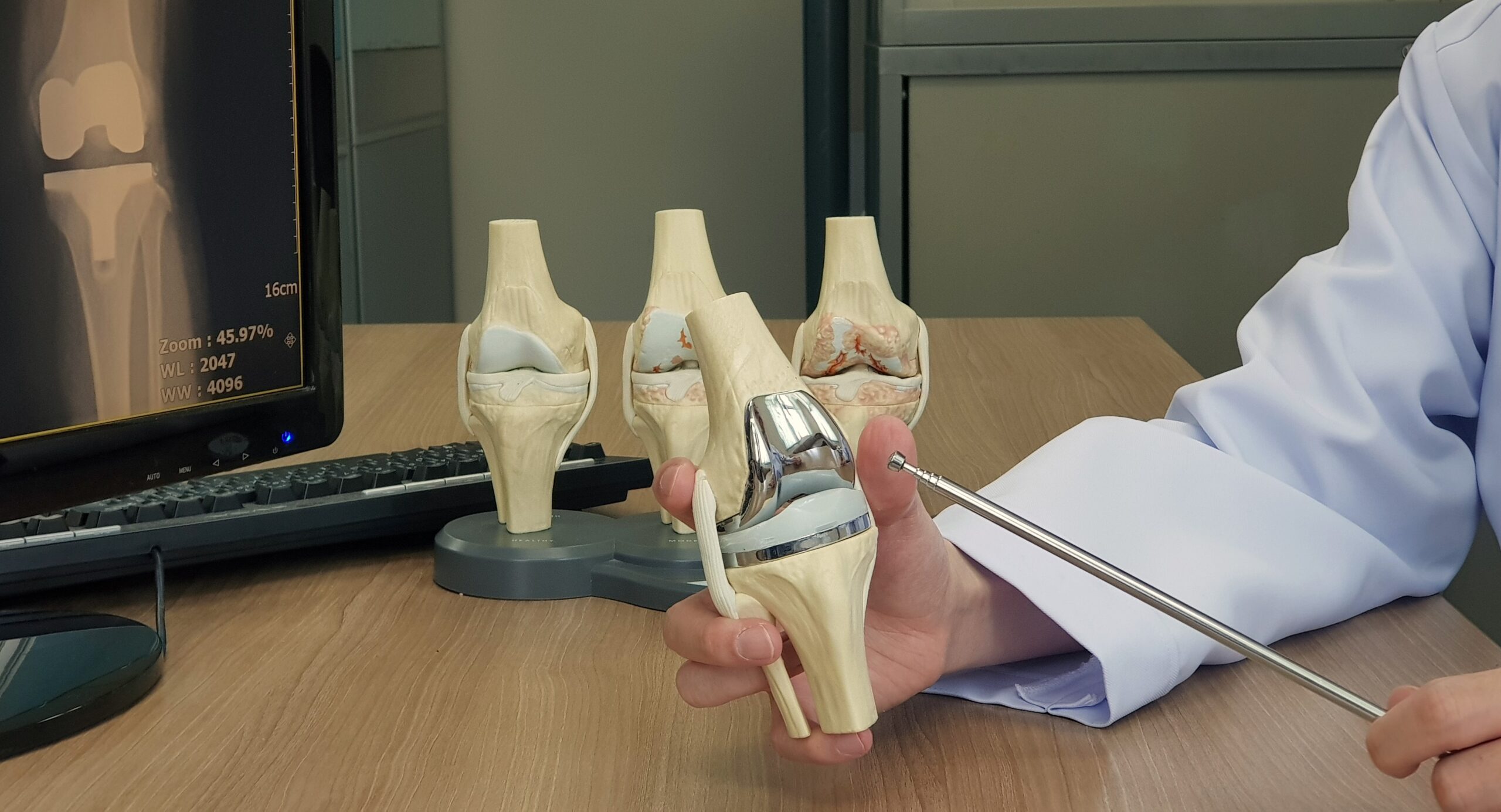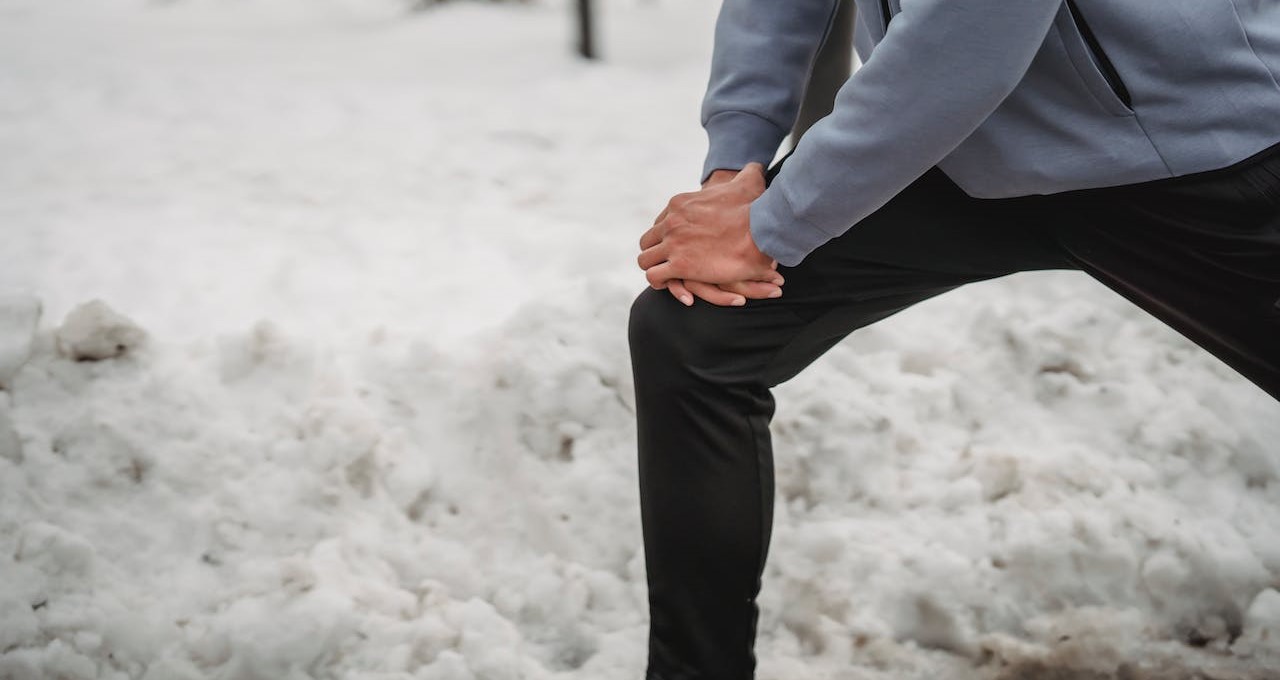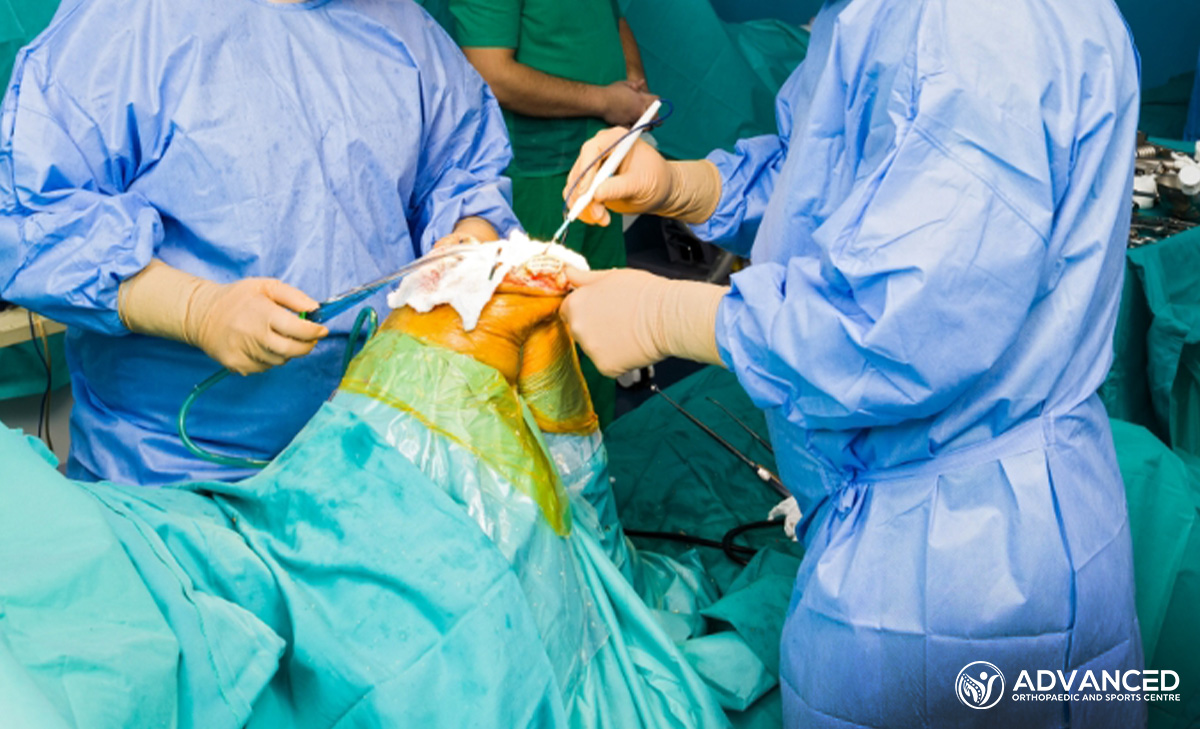Introduction to Knee Arthroscopy
Knee arthroscopy is a minimally invasive surgical technique that allows orthopaedic surgeons to view the knee joint without making a large incision. This procedure involves inserting a small camera, called an arthroscope, that displays pictures on a video monitor the orthopaedic surgeon uses to guide miniature surgical instruments to repair or remove damaged tissues into the knee joint through a tiny incision. Because the incisions used for knee arthroscopy are small, patients typically experience less pain and a shorter recovery time than open knee surgery.
Indications for Knee Arthroscopy
Common Conditions
- Meniscal Tears: Repairing or trimming torn menisci, which are the cartilage pads that cushion the knee joint.
- ACL and Other Ligament Injuries: Reconstructing or repairing torn ligaments to stabilise the knee.
- Chondromalacia: Smoothing damaged cartilage under the kneecap to reduce pain and improve movement.
- Removal of Loose Bodies: Extracting fragments of bone or cartilage that are loose in the knee joint and can cause pain and interfere with joint movement.
- Synovitis: Removing inflamed lining (synovium) of the knee joint that causes pain and swelling.
Symptoms Necessitating Arthroscopy
- Unexplained knee pain
- Limited knee movement
- Locking or clicking of the knee joint
- Swelling that does not improve with conservative treatments
Preparing for Knee Arthroscopy
Preparation for knee arthroscopy involves several steps to ensure the safety and success of the procedure:
Medical Evaluation
Patients may undergo a comprehensive medical evaluation including blood tests, and in some cases, an electrocardiogram (EKG) or chest X-ray to assess overall health and readiness for surgery.
Medication Review
Inform your surgeon about all medications and supplements you are taking. Some medications, especially those that can affect blood clotting, such as aspirin or anti-inflammatory drugs, may need to be adjusted or stopped before surgery.
Fasting
You will likely be instructed to fast for 6 to 12 hours before your procedure to reduce the risk of anaesthesia-related complications.
Clothing
Wear loose-fitting, comfortable clothing that can easily fit over a knee brace or dressing.
The Knee Arthroscopy Procedure
- Anaesthesia: The procedure usually requires either general anaesthesia, meaning the patient is asleep during the operation, or regional anaesthesia, which numbs the lower part of the body.
- Incision and Access: The surgeon makes small incisions, usually about a quarter of an inch each, around the knee. Through one of these incisions, the arthroscope is inserted. Other incisions are used for surgical instruments that repair or remove damaged tissues.
- Diagnosis and Treatment: The real-time video feed from the arthroscope’s camera displayed on a monitor guides the surgeon in repairing or removing damaged tissue.
- Closure and Dressing: After the procedure, the incisions are closed with stitches or are covered with sterile strips dressed with a bandage. The small size of the incisions helps reduce the risk of infection and speeds up the healing process.
The entire procedure typically lasts about 30 minutes to over an hour, depending on the complexity of the knee issue being addressed. Knee arthroscopy offers a quicker return to daily activities compared to open knee surgery, with many patients walking with the aid of crutches or a walker shortly after the procedure.
Recovery and Rehabilitation After Knee Arthroscopy
Immediate Post-Procedure Care
- Pain Management: Patients will likely experience some pain and discomfort, which can be managed with prescribed pain medications or over-the-counter options as recommended by the orthopaedic surgeon.
- Swelling Reduction: Applying ice packs and elevating the leg can help reduce swelling and discomfort in the days following the surgery.
- Wound Care: Keeping the surgical site clean and dry is essential to prevent infection.
Rehabilitation
- Physical Therapy: Begins shortly after surgery, focusing initially on regaining knee mobility and strength with exercises aimed at improving the range of motion and reducing stiffness.
- Gradual Increase in Activity: Patients are encouraged to gradually increase their activity level based on their pain and mobility levels. Walking aids may be used initially to decrease stress on the knee.
Most patients can return to daily activities within a few days to weeks after knee arthroscopy, depending on the extent of the surgery and their physical condition. Return to sports or strenuous activities will vary, typically ranging from several weeks to months. Patients may also need to modify certain activities or engage in ongoing physical therapy exercises to maintain knee health and prevent future issues.
Risks and Complications of Knee Arthroscopy
While knee arthroscopy is generally considered safe and effective, as with any surgical procedure, there are potential risks and complications.
Infection
Although rare, there’s a risk of infection at the incision sites or within the knee joint. Symptoms include increased redness, swelling, pain, and fever.
Blood Clots
Surgery and reduced mobility can increase the risk of blood clots, particularly in the legs (deep vein thrombosis) which can pose serious health risks.
Bleeding
Internal bleeding within the knee joint may occur, although it is uncommon.
Knee Stiffness
Some patients may experience stiffness in the knee after surgery, which can usually be alleviated with physical therapy.
Damage to Nerves or Blood Vessels
There is a small risk of damage to nerves or blood vessels around the knee during surgery, which can lead to numbness or changes in sensation.
Issues with the Surgical Repairs
On occasion, the repairs made during the arthroscopy might not fully resolve the knee problem or additional surgery may be required.
Outcomes and Expectations
Most patients can return to normal daily activities within a few days to weeks after the procedure, depending on the extent of the surgery and individual healing processes. Many patients experience reduced knee pain, improved joint function, and a quicker return to activities compared to open surgery. Patient satisfaction post-knee arthroscopy is high, especially among those who commit to their rehabilitation program and maintain realistic expectations about their recovery timeline.



